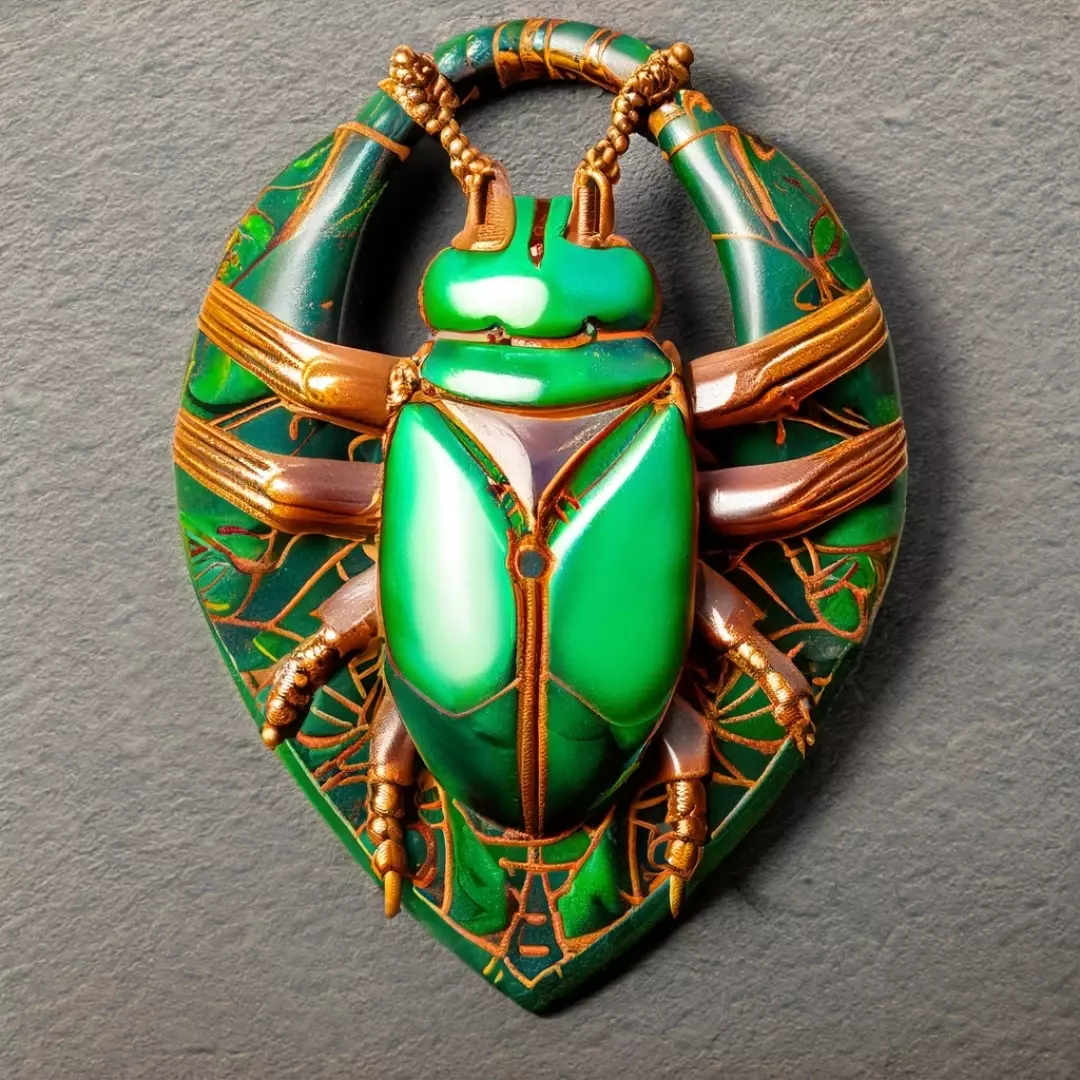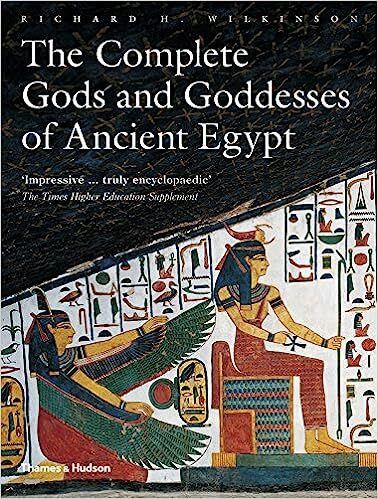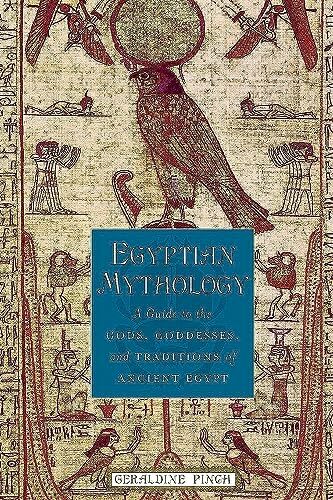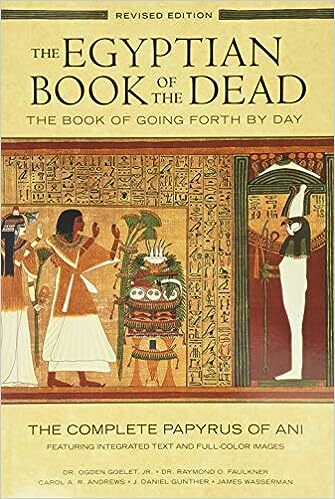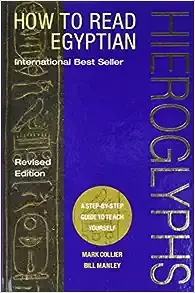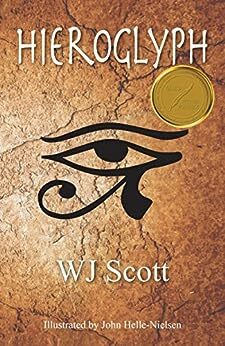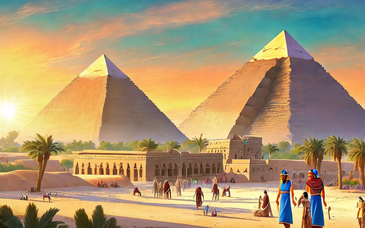The Heart Scarab

The protective amulet for the heart was in the form of the scarab beetle, the manifestation of the creator and solar deity Khepri. It was a symbol of new life and resurrection.
The heart scarab was a large scarab amulet which was wrapped in the bandages of the mummy over the deceased's heart. It was made out of a range of green and dark-coloured materials, including glazed stearite, schist, feldspar, haematite and obsidian. It was inscribed with Chapter 30B of the Book of the Dead. The gist of the inscription was an instruction from the dead person in his or her heart that, when it was brought before the tribunal of the gods lead by Osiris for judgement (the Weighing of the Heart Ceremony), it should not confess to any of the wrongs that the dead person might have committed during his or her lifetime.
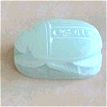
O my heart that I received from my mother, my heart that I have had since birth, my heart that was with me through all the stages of my life, do not stand up against me as a witness! Do not oppose me at the tribunal! Do not tip the scales against me in the presence of the Keeper of the Balance! You are my ka of my body, you are the creator god Khnum who makes my limbs sound. Go forth to the Hereafter...
